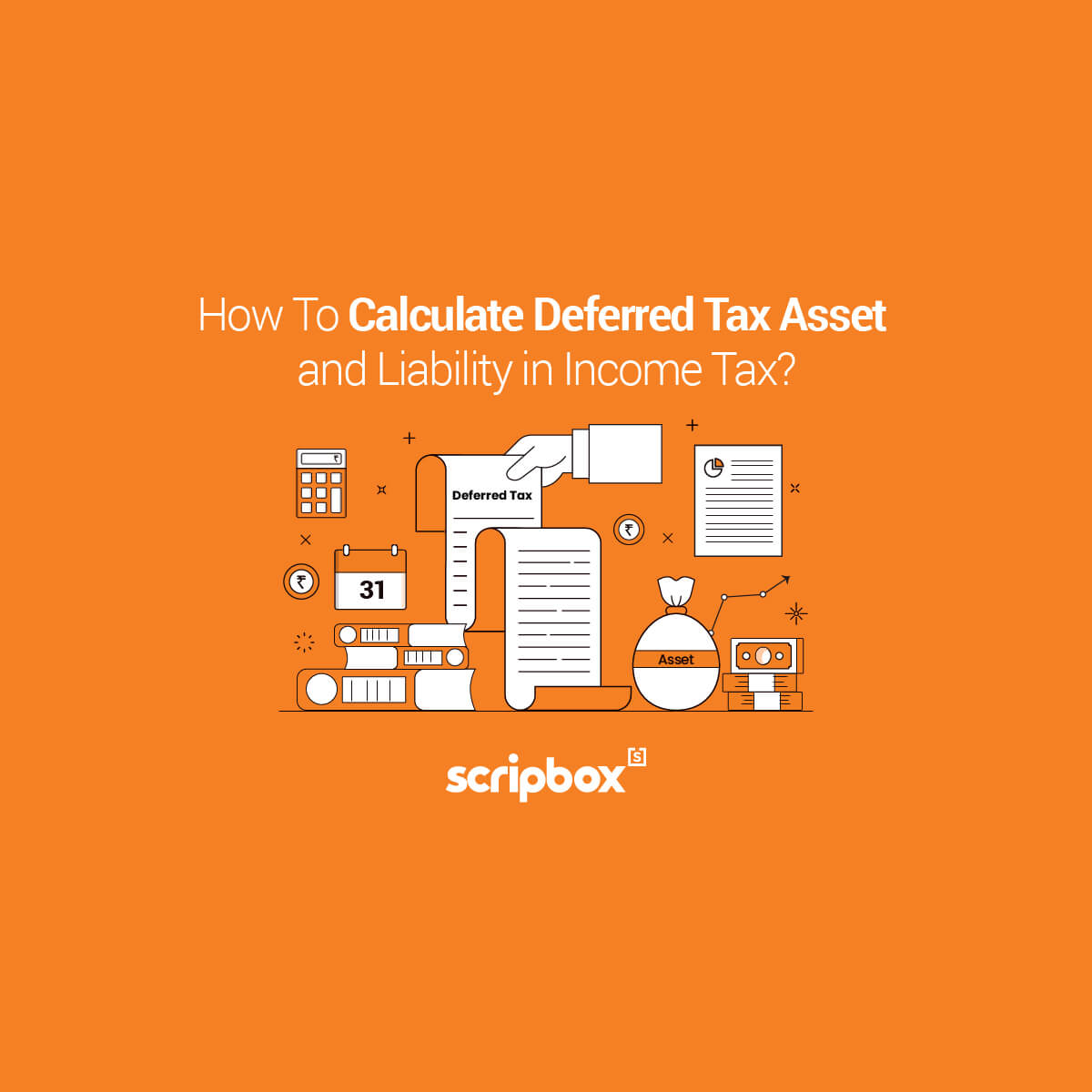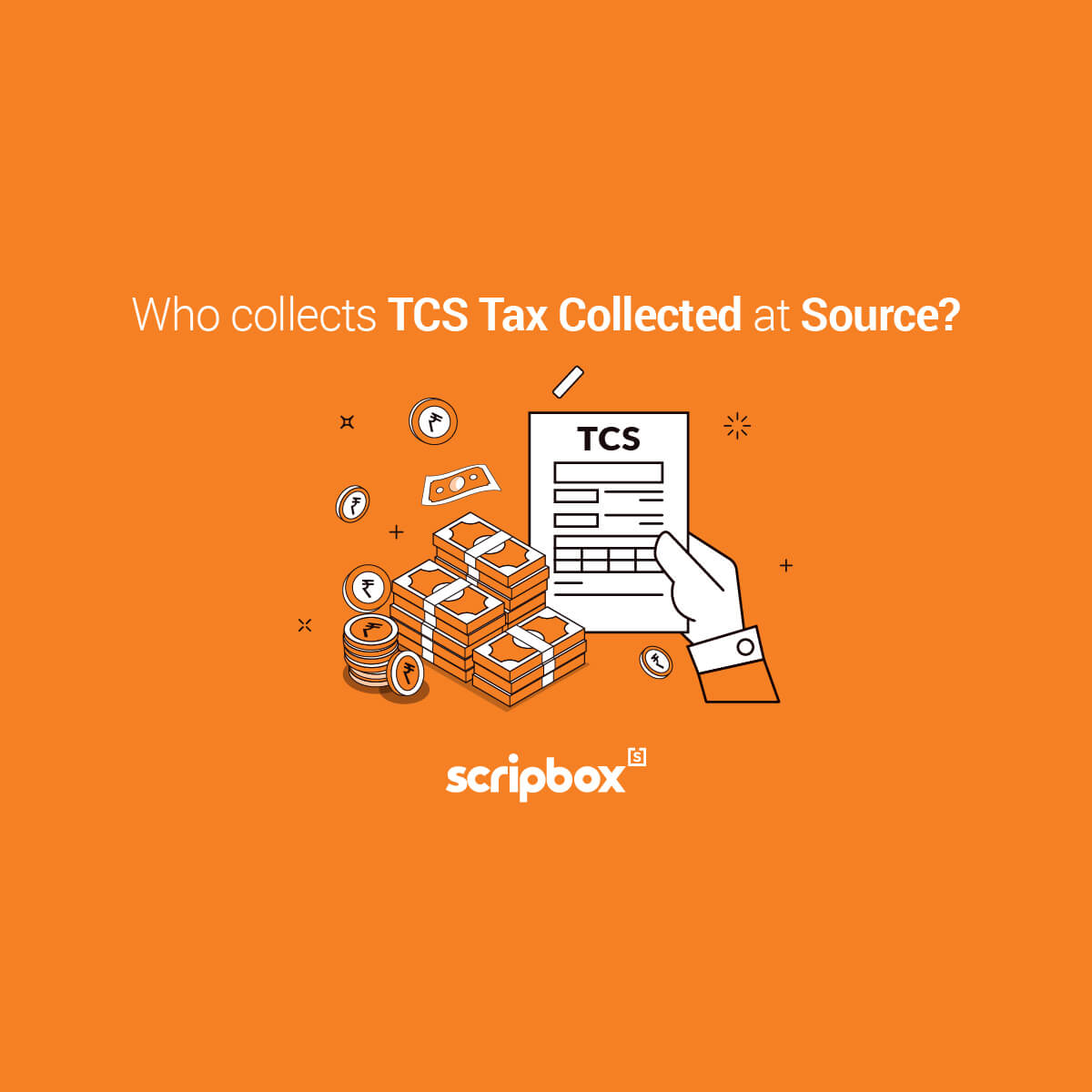Tax liability is the debt every individual, corporate, institution owes to the Central Government of India. The taxability, rate, type of tax depends on the type of income and the statutory body regulating such taxation. The taxes collected from the citizens of India are used for the benefit of the common public such as building infrastructure, defence, police, judiciary, public health, and so on. A non-compliance with the taxation in India leads to interest, penalties, imprisonment, etc.
What is Tax Liability?
A tax liability is a debt every taxpayer has to pay to the Income Tax Department. The tax liability is calculated on the net taxable income at either the applicable slab rate or special rates. Such income forming a part of net taxable income are salaries, capital gains, rental income from house property, income from business or profession, and income from other sources.
To arrive at the tax liability you must first calculate the net taxable income. The net taxable income is the gross total income minus the exempt income, expenses, deductions, and allowances.
What are the Types of Tax Liabilities in India?
The 2 broad categories of tax liabilities in India are direct taxes and indirect taxes. The direct taxes are the income taxes payable by a taxpayer. The indirect tax is a multi-stage tax imposed on the supply of goods and services known as GST Goods and Services Tax. In this article we will discuss about the types of income tax liabilities in India:
- Income Tax- Income tax is a tax payable by taxpayers other than a corporate on their taxable income for the financial year. Such taxpayers include individualis, HUFs, partner firms, professionals, small business owners not being a company.
- Corporate Tax- Every domestic company and foreign company must pay corporate tax at a flat rate on net taxable profit every financial year. A domestic company needs to pay corporate tax on all income from every source while a foreign company must pay tax only on income earned from India.
- Health and Education Cess- A health and education cess of 4% is applicable on the tax payable by every taxpayer. A cess is a tax on tax which is levied for specific purposes such as public welfare.
- Surcharge- A surcharge is a tax on tax just like a cess. The rate of surcharge and applicability depends on the total income for the financial year. For instance if the total income is less than Rs 50 lakh then no surcharge is applicable for an individual, HUF, BOI, AOP, charitable institution.
- Dividend Distribution Tax (DDT) – A dividend distribution tax is a tax payable by companies while distributing any income by way of dividend. However, with effect from the assessment Year 2021-22, the domestic company is not required to pay dividend distribution tax DDT on any amount declared, distributed or paid by such company by way of dividend to its shareholders or investors. This is because the dividend income received from the domestic company is now taxable in the hands of shareholders or investors.
- Minimum Alternative Tax (MAT) – The minimum alternative tax MAT is a provision in the Income Tax Act to limit the exemptions and deductions available to a company. The intent is to ensure a company pays a minimum income tax for every financial year. Under MAT every company needs to recalculate the gross and net income as per the provisions of MAT to arrive at a minimum taxable income and tax payable. The MAT is applicable to both domestic companies as well as foreign companies.
Learn the Difference between Direct Vs Indirect Tax
Who is Liable to Pay Tax in India?
The income tax department divides income into different categories. A different tax rate is applicable on each taxpayer with different tax applicability criteria’s. Such categories of taxpayers are:
- Individual taxpayers such as resident individuals, resident senior citizen, resident super senior citizen.
- Hindu Undivided Family
- Partnership Firms
- AOP Association of People
- BOI Body of Individuals
- Charitable Trust
- Domestic Company
- Foreign Company
Furthermore, an individual taxpayer is classified into resident and non-resident. A resident individual must pay tax on global income. While a non-resident individual must pay tax on income earned or accrued in India. The residential status must be determined by the taxpayer every financial year. It depends on the period of stay in India during the respective tax year.
Moreover, any individual who is earning above the threshold limit in these heads is liable to pay tax. For example, any individual earning an income above INR 2,50,000 and is below 60 years of age, is liable to pay tax in India. For people aged above 60 and above 80 the threshold limit is INR 3 lakhs and INR 5 lakhs respectively.
What are the 5 Sources of Income for Tax Liability?
- Income from salary : It includes individuals earning a steady source of income either through salary or pension.
- Income from other heads : It includes an interest in FDs and savings accounts.
- Residential property income : It is primarily for rental income; however, it also includes income from the sale of a property.
- Income from capital gain : This head includes income from the sale of capital assets like shares, mutual funds, etc.
- Income from business or self employment : It includes income earned from the business, freelancing, contracting, doctors, lawyers, Chartered Accountants, etc.
How to Reduce Tax Liability in India?
One can reduce their tax liability through a host of legitimate under the Income Tax Act, 1961. These include Section 80C, National Pension Scheme, health insurance, rent deductions, contribution to charity and political parties.
Section 80C
This is the most popular section under the Income Tax Act, 1961 for tax deductions. Section 80C has various investment policies for the taxpayer that can serve the dual purpose of tax saving and capital appreciation. The investment opportunities in this section, together, offer a deduction of INR 1,50,000 per annum. Following are the different types of investment opportunities under this section are:
- ELSS funds – Tax saver funds
- Employee Provident Fund (EPF)
- Public Provident Fund (PPF)
- Senior Citizens Savings Scheme (SCSS)
- Sukanya Samriddhi Yojana (SSY)
- Tax saving FDs
- National Savings Certificate (NSC)
- Life Insurance Premiums
- Home loan repayment
- Tuition fees
Contribution to the National Pension Scheme (NPS)
Contribution to NPS under Section 80CCD (1B) will help investors save an additional of INR 50,000 per annum on the taxable income. This scheme also aids investors during their retirement.
Health Insurance Premiums
Under Section 80Df the Income Tax Act, 1961 allows a deduction of INR 25,000 per annum for health insurance premiums. For senior citizens, the limit is INR 50,000 per annum. Also, a person who is paying for self and senior citizens, then the deduction allowed is INR 75,000 per annum.
Deduction on Rent
One can claim a deduction on their HRA amount, in case they live in rented premises and get an HRA. In case one doesn’t HRA, then they can claim rent expense sup to INR 60,000 per annum under Section 80GG.
Donation to Charity
One can get tax exemptions for donating to charities having an 80G certificate. The maximum amount is either 50% of the donated amount of 10% of the total income.
Supporting a Political Party
All donations made to political parties and electoral trusts are eligible for tax waiver under Section 80GGC of the Income Tax Act, 1961. The party has to be registered under Section 29A of the Representation of People Act of 1951. However, no cash deposits are allowed, wired or bank transfers.
What is the estimate of total tax liability?
An estimate for total tax liability is the total amount of tax an individual or a company is liable to pay. The estimate is based on the total taxable income generated. The amount is computed after using the official tax slab formulas.
In other words, the taxable income minus all the tax deductions is the gross tax liability. Gross tax liability minus any tax credits is the total income tax liability.The total tax liability primarily depends on the tax slabs and all the tax deductions. With tax saving investments and other expenses that qualify for tax deductions one can reduce their total tax liability. Also, these investments help in decreasing the taxable income to enter a lower tax bracket and owe less money in taxes.























Show comments